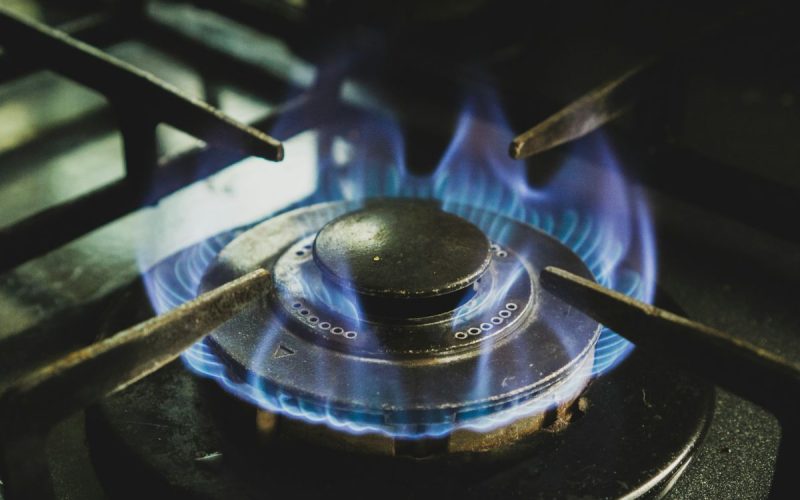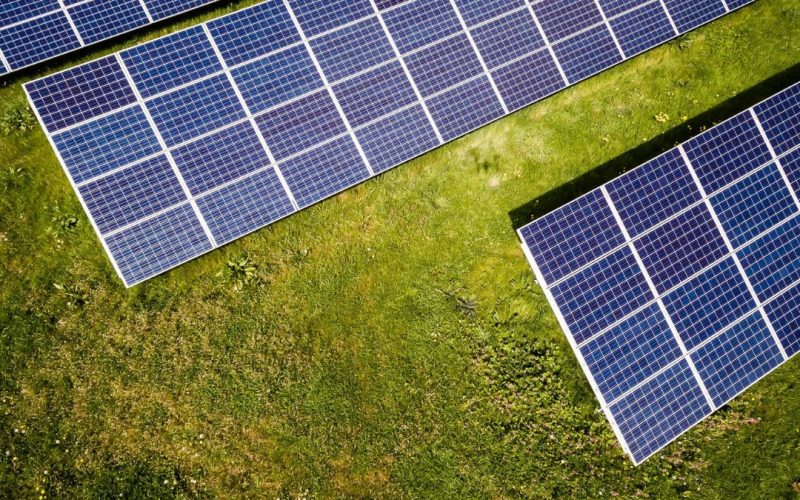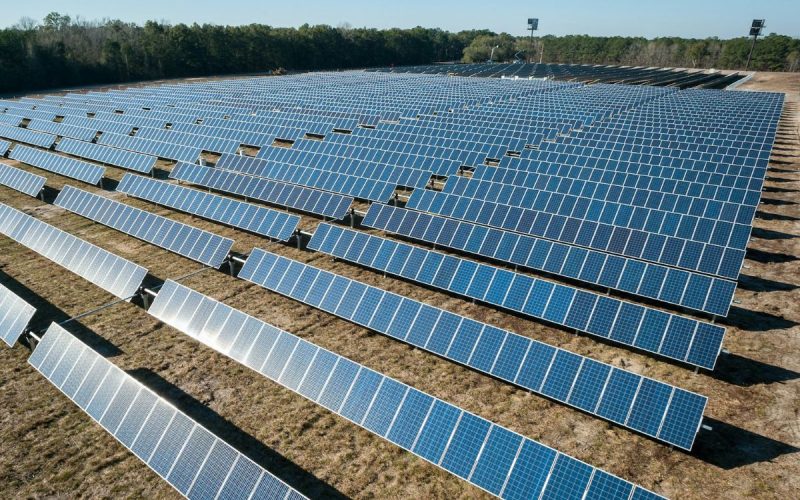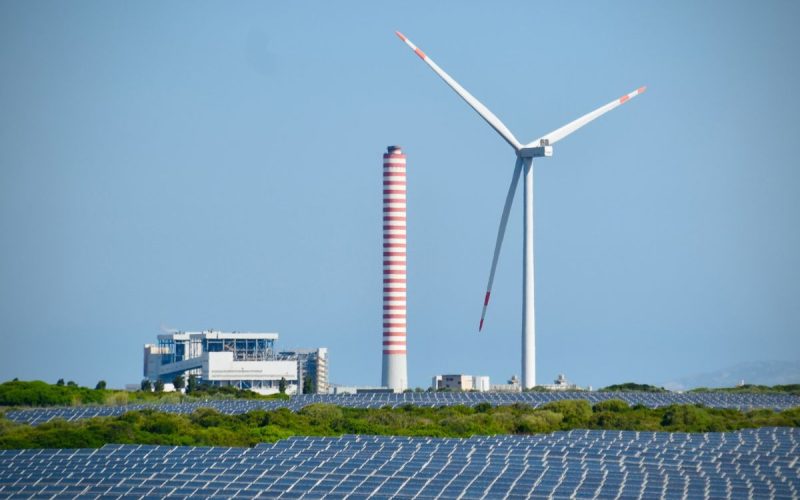THE VOICE FOR THE ENERGY CONSUMER

Report reveals devastating financial impact on 37% of Illinois families already living with income constraints and 12% in poverty. Banning or restricting natural gas service could cost Illinois families as.

Gov. Greg Gianforte on June 13 vetoed a bill that sought to establish a legal framework for community solar projects in Montana. Senate Bill 188 sponsor Chris Pope, D-Bozeman, argued.

Gov. Greg Gianforte on June 13 vetoed a bill that sought to establish a legal framework for community solar projects in Montana. Senate Bill 188 sponsor Chris Pope, D-Bozeman, argued.

HELENA, Mont. — Gov. Greg Gianforte on June 13 vetoed a bill that sought to establish a legal framework for community solar projects in Montana. Senate Bill 188 sponsor Chris.

Gov. Greg Gianforte on June 13 vetoed a bill that sought to establish a legal framework for community solar projects in Montana. Senate Bill 188 sponsor Chris Pope, D-Bozeman, argued.

La estabilidad de la red eléctrica requiere más que buenas intenciones. Los ejemplos que se han venido dando en todo el mundo de países que han optado por las llamadas.

The examples that have been occurring around the world of countries that have opted for the so-called renewable energy sources are not good. Such countries whose rulers, in order to.

An energy proposal awaiting action in the state Senate could save North Carolinians billions of dollars, says a residential and business advocacy group. The Power Bill Reduction Act, known also.

An energy proposal awaiting action in the state Senate could save North Carolinians billions of dollars, says a residential and business advocacy group. The Power Bill Reduction Act, known also.

Congressional action protects vehicle choice for 35% of American families by rescinding overreaching EPA waivers Bipartisan support demonstrates broad opposition to costly California vehicle mandates that eliminate affordable transportation options.